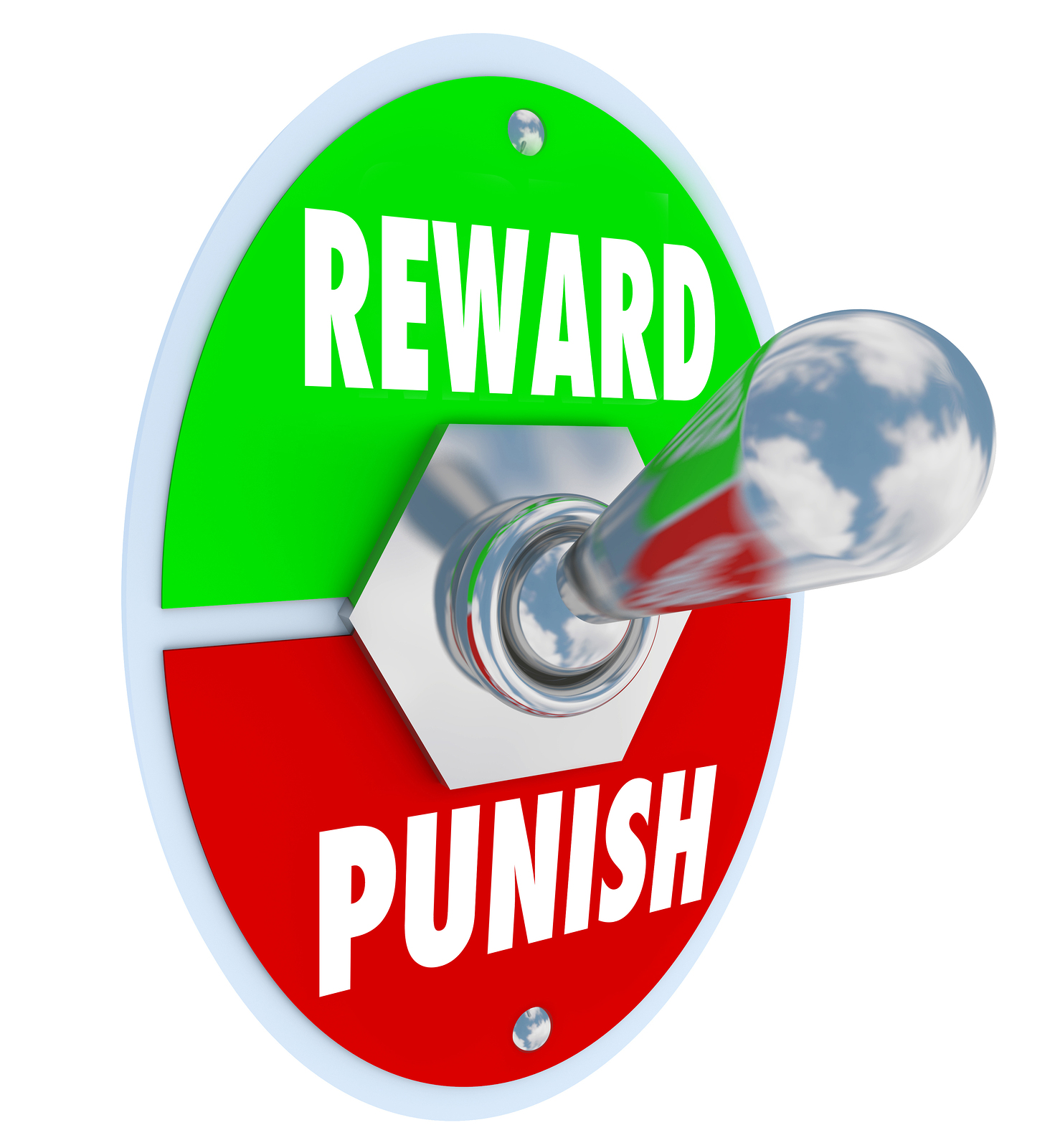 Discipline is a process of teaching our children what type of behavior is acceptable and what type is not acceptable. By disciplining our children we teach our children to follow rules. Therefore, well developed disciplining tools are an essential part of every parent's toolbox.
Discipline is a process of teaching our children what type of behavior is acceptable and what type is not acceptable. By disciplining our children we teach our children to follow rules. Therefore, well developed disciplining tools are an essential part of every parent's toolbox.
Disciplining tools consist of many different techniques and strategies, such as positive reinforcements, modeling, negative reinforcements, punishments, and consequences. All disciplining techniques have a potential to be effective and positive, however, it is important to know how to use them appropriately in order to avoid any negative effects they may have on our children.
In this article implications of time-outs will be discussed in order to gain a better understanding of this commonly used disciplinary technique.
Time-Outs
Time-outs are among the most mainstream disciplinary techniques. They involve placing a child in a very boring place or environment for several minutes, following child's unacceptable behavior. The main premise is that during the time-out, the child does not get any attention.
This discipline technique can be very effective. Research has shown that time-outs are effective at both home and school environment and that they can work with both typically developing children and those with special needs (Everett, Hupp, & Olmi, 2010).
Even though the time-out may be very effective, there is some controversy around it. In its essence, the time-out is a punishment procedure, and its goal is to suppress the unacceptable behavior. However, discipline is about teaching our child appropriate behaviors, and not about the punishment. Therefore, if we lose track of what discipline is really about, we will put our child's healthy development in danger.
Appropriate Use of Time-Outs
How does appropriate use of time-out look like? Well, Siegel and Bryson (2011) pointed out that appropriate use of time-out calls for brief, infrequent, previously explained breaks from an interaction used as part of a thought-out parenting strategy that is followed by positive feedback and connection with a parent. This kind of approach is proven effective for many children, and its impact on child's development is positive.
However, in actual practice, many parents use inappropriate or punitive time-outs. These time-outs appear to be frequent, prolonged and done as a punishment and coupled with parental anger and frustration. Consequently, they have a detrimental effect on child's development.
How can we know do we are using inappropriate or punitive timeouts? Well, an easy way to find out is to ask ourselves the following questions:
1. Have I ever threatened to put my child in time-out?
2. Have I ever had to physically place my child in time-out?
3. Have I ever said "Time-out!" in an angry voice.
If any of answers is "Yes", then, there is a problem. Every time when we yell or threaten or impose time-outs, our child may become resentful and stop communicating. Consequently, they may stop telling us things we should know, lie to escape punishment, act out more, etc. Therefore, the time-outs will not teach our children anything positive and they will have a negative effect.
Time-Out Tips
Obviously, there are many strategies that we can use in order to structure time-outs appropriately. Some of them are the following:
1. We should prepare our child. This will help our child to make a connection between the behavior and time-out.
2. We should keep the time-out brief. Usually, it is recommended to keep time-out around one minute per year of age. When the time-out is done, the child should know. However, it should be left up to the child to decide what to do next.
3. We should keep the time-out quiet. A time-out for a child is not the time for the child to be screaming, or for us to be preaching or moralizing.
4. We should pick the right place. The retreat has to be a boring place, one where there are no built-in rewards. Usually, the child's bedroom is full of built-in rewards and is not the right place for a time-out.
5. We should give time-ins. Positive reinforcement means giving the child lots of positive “time-in” with a connected style of parenting. Then if the child misbehaves, this positive parental input is briefly withdrawn. As a result, the child gets used to feeling right when acting acceptably, and feeling wrong when acting unacceptably.
Time-Ins
Time-ins are a positive discipline alternative to time-outs. During the time-in, the child is kindly invited to sit somewhere, nearby us, and express his or her feelings and eventually cool down. During that time, we are encouraged to empathize with the child's feelings and often silent connection is all that is needed until the storm has passed. The latter gives us an opportunity to genuinely connect with our child and then address whatever change needs to be made.
Siegel and Bryson (2011) pointed out that having children reflect on and talk about their emotions has been demonstrated in a wide range of studies to support the important development of emotion understanding. Therefore, we should comfort and soothe and connect with our children during times of distress, and to reflect afterward on their inner experience as a “time-in” with reflective dialogue, rather than punitively isolating them in a moment of anger and without any opportunity for reflection and connection.
The goal of discipline is to teach and to build skills, so children make better decisions both now and in future. Therefore, we need to pay attention to their emotions, and to the feelings behind the behavior. In fact, it’s often when they are upset or out of control that they need us most.
Time-ins give us an opportunity to connect and redirect, which eventually positively affects our child's emotional, cognitive and behavioral development. This kind of approach is essential for so-called "positive parenting".
Conclusion
No matter what parenting technique we use, it is important to be aware of the main goal of disciplining - teaching our children. Positive parenting strategies are based on this premise, and they are focused on allowing our children grow and develop in a healthy way.
However, there is no manual that can show us how to discipline our children. Every child is different and requires a specific approach. If we struggle with disciplining our child, sometimes the best course of action is to talk with someone who can help. A professional, like a psychologist, will be able to help us gain an insight into our child's behavior, as well as enrich our toolbox with new parenting techniques and strategies.
Literature
Everett, G. E., Hupp, S.D.E., & Olmi, D.J. (2010). Time-out with Parents: A Descriptive Analysis of 30 Years of Research. Education and Treatment of Children, 33 (2), 235-259.
Siegel, D., and Bryson, T.P. (2011). No-drama discipline. New York: Bantam.
About the Author

Hilda Huj
, B.A., M.A. Hilda is a registered clinical counselling and forensic psychologist in Edmonton, Alberta. She specializes in working with youth, adults and families that have been impacted by trauma. She completed a Bachelor of Arts and Master of Arts degree in Psychology in Osijek, Croatia, and subsequently equated her academic credentials to Canadian standards. Currently, she volunteers with the Edmonton Police Services as a Victim Support Worker and also helps to promote Psychology by volunteering for the Psychologists’ Association of Alberta.
Office Location:
Suite 39, 9912 - 106 Street
Edmonton, Alberta
T5K 1C5
Canada
Phone: 7804289223
Contact Hilda Huj
Professional Website:
www.archpsychological.com